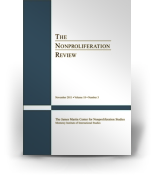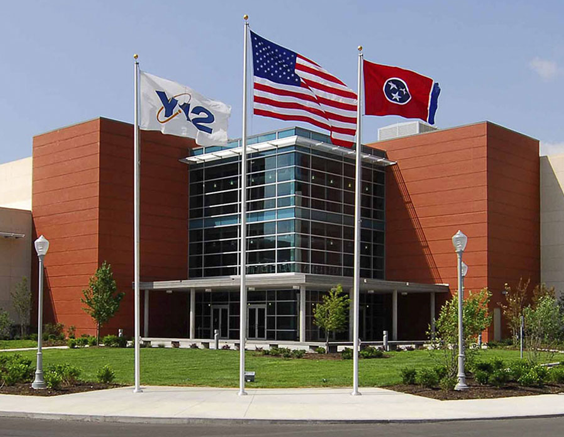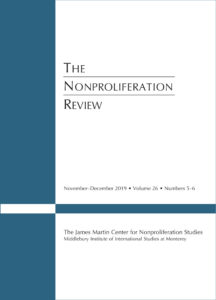November 28, 2022
Sanaa Alvira
 In an article published in the Nonproliferation Review, Christopher Hobbs and Matthew Moran explore the potential for human factors to undermine nuclear security. Three case studies (Wilmington, United States, 1979; Koeberg, South Africa, 1982; and Y-12, United States, 2012) demonstrate the lapses in nuclear security due to the human element at these facilities. Despite the presence of physical-protection measures, adversaries with even a basic knowledge of their weaknesses can potentially bypass them if they are not carefully implemented. However, effectively integrating the human element into nuclear security to strengthen such measures can be complex. In the case of insider threats, changes in human behavior can be subtle and hard to identify, with insiders likely to act covertly and cover their tracks.
In an article published in the Nonproliferation Review, Christopher Hobbs and Matthew Moran explore the potential for human factors to undermine nuclear security. Three case studies (Wilmington, United States, 1979; Koeberg, South Africa, 1982; and Y-12, United States, 2012) demonstrate the lapses in nuclear security due to the human element at these facilities. Despite the presence of physical-protection measures, adversaries with even a basic knowledge of their weaknesses can potentially bypass them if they are not carefully implemented. However, effectively integrating the human element into nuclear security to strengthen such measures can be complex. In the case of insider threats, changes in human behavior can be subtle and hard to identify, with insiders likely to act covertly and cover their tracks.
A strong organizational culture of security provides a way of mitigating insider and other threats. The terrorist attacks of September 11, 2001, gave new momentum to international nuclear-security efforts with the concept of culture featuring increasingly prominently in debates and actions to this end. Subsequently, in 2008, the International Atomic Energy Agency (IAEA) published a dedicated implementation guide on nuclear-security culture that formed the bedrock of subsequent research in the area. However, there is considerable nuance in how these higher-level practices are effectively implemented, as this will depend on the operational-level contexts. The measures outlined in IAEA guidance are also not mandatory, with nuclear security the responsibility of states, which set their own requirements and approaches. Consequently, approaches to achieving a robust nuclear-security culture therefore may vary considerably due to a host of differences in national, regulatory, and organizational approaches.

Y-12 National Security Complex in Oak Ridge, TN (Source: www.y12.doe.gov)
Hobbs and Moran’s study aims to provide some deeper insight into this relatively unexplored aspect of nuclear security—notably, how high-level guidance around culture is translated into practice and what organizational challenges are likely to be encountered. For example, their research revealed significant variations in threat perceptions across different occupational groups. Employees in technical, operational, and managerial roles had a far more abstract understanding of the threat, particularly that associated with insiders, than those within the security function.
The article highlights the need to bridge gaps in threat perceptions and other key aspects of nuclear-security culture—for example, through sharing of information on nuclear-security-related incidents at the international level and participating in training workshops offered by organizations such as the World Institute for Nuclear Security. Furthermore, Hobbs and Moran argue that management must shed rigid, top-down approaches to security and instead solicit insights and input in the formulation of new approaches from employees at all levels. This will potentially result in innovative, cost-effective solutions while also help improving the engagement of non-security personnel in security. Finally, the two scholars also emphasize the need to periodically assess nuclear security culture through a “rigorous approach…that engages with the full suite of methodologies recommended in IAEA guidance[, as t]his will allow for a deeper understanding of nuclear-security culture within an organization and how it can be strengthened.”
About Our Journal
The Nonproliferation Review is a refereed journal concerned with the causes, consequences, and control of the spread of nuclear, radiological, chemical, and biological weapons. The Review features theoretical analyses, historical studies, viewpoints, and book reviews on such issues as state-run weapons programs, treaties and export controls, safeguards, verification and compliance, disarmament, terrorism, and the economic and environmental effects of weapons proliferation.
The Nonproliferation Review is produced at the Washington, DC offices of the James Martin Center for Nonproliferation Studies, Middlebury Institute of International Studies at Monterey. The journal is published by Taylor & Francis.
